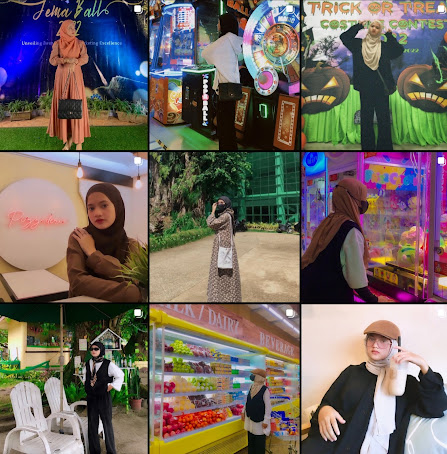Introduction: In a world where self-expression takes center stage, one of the most powerful mediums is fashion. For many, including myself, fashion is not just about clothes; it's a form of art, a language that speaks volumes without uttering a single word. Join me on a journey as we explore the captivating realm where style meets passion and discover why fashion is more than just a fleeting trend—it's a way of life.
- The Art of Self-Expression:Fashion serves as a canvas upon which we paint our personalities. It's a unique and personal statement that allows individuals to express themselves without saying a word. Whether it's bold and vibrant or subtle and sophisticated, our clothing choices reflect the intricate tapestry of our inner selves.
- Confidence Booster:The right outfit has the power to boost our confidence and lift our spirits. When we feel good in what we wear, it radiates from within, creating a positive aura that can impact our entire day. Fashion empowers us to embrace our bodies, celebrate our uniqueness, and step into the world with unwavering confidence.
- Timeless Classics vs. Trendy Tidbits:While trends come and go, there's something magical about timeless classics. Investing in a wardrobe that balances both allows for versatility and longevity. It's the fusion of enduring pieces with trendy accents that creates a signature style that stands the test of time.
- Sustainability in Style:In recent years, there has been a shift towards sustainable and ethical fashion. As a fashion enthusiast, incorporating eco-friendly practices into my passion has become essential. From supporting ethical brands to upcycling old garments, there's a joy in knowing that my love for fashion can coexist with a commitment to the planet.
- The Joy of Curated Collections:Building a wardrobe is akin to curating an art collection. Each piece has a story, a purpose, and a unique place in the ensemble. Whether it's a vintage find, a designer investment, or a handcrafted accessory, the joy lies in the curation of a collection that reflects our evolving tastes and experiences.







.jpg)






